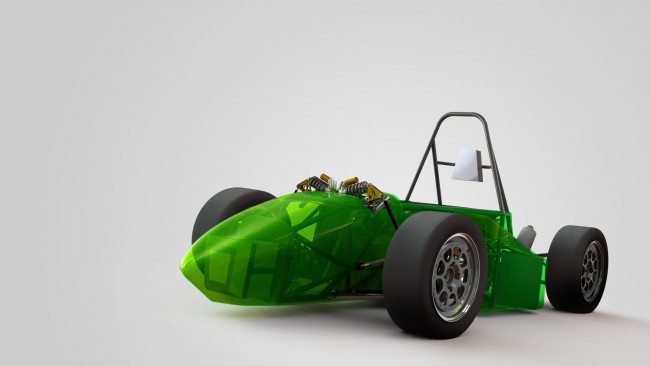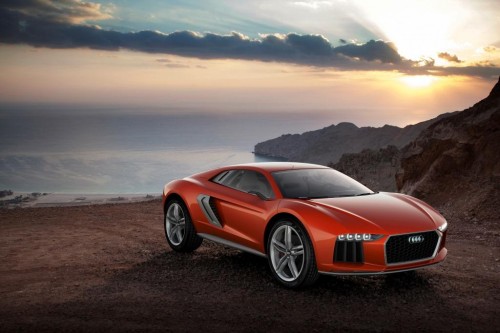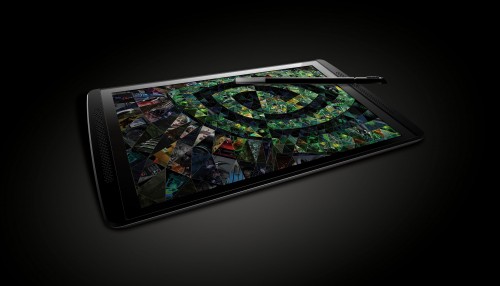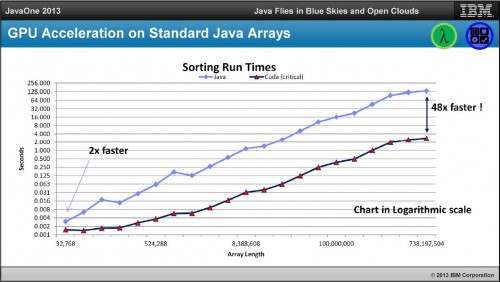
Editor’s note: Darren Gladstone, in addition to being a journalist, hat aficionado and lover of gadgets great and geeky, is Chief Blogger for HP’s TheNextBench.com. Here’s his take on the latest Tegra 4 powered device from HP. You can follow all his work here.
It wasn’t so long ago that I was saluting the ENVY x2 for being this awesomely-designed, nimble little machine that can do everything I need it to over the course of a whole day. Honestly, I hadn’t seen such an elegant solution before that. Now along comes it’s younger brother, the new SlateBook x2, which starts at $479.99. It’s even smaller…and it’s running Android Jellybean (4.2.2) on Nvidia’s Tegra 4 processor as I write this post (on it).
It’s funny, I never thought I’d look at the ENVY x2 and think, “Man this thing is big!” By comparison, the 10-inch screen of the SlateBook version is tight and looks sharp – and, is plenty manageable as a tablet. The way I see it, this is more of a tablet with a keyboard where I see the ENVY x2 (and the even-larger Split x2) as more of a laptop-first device that can pop off the screen.
The IPS panel looks nice, bright and rocking a 1920 by 1200 resolution. Video looks crisp as I sampled a couple Hulu shows and games (see below) and the DTS audio resonates well off the SlateBook x2’s shell. Meaning, you can crank the volume a little.
As for the keyboard portion, it keeps all the relative bits that made the ENVY x2 essential: USB, HDMI jacks in addition to that second battery that sits in the base (Yep, the trademark keyboard-tablet split with batteries in both parts remains intact for this new member of the x2 family). Since the SlateBook is smaller than the ENVY x2, it means the keys get scrunched in a little tighter. They remain floating Chiclet keys – and still work fine in close quarters. Even for a big, goony guy with sausage stumps for fingers. Ahem.
How does it perform?
I’m going to be straight with you, I haven’t had enough time to run many tests on the SlateBook x2 as of yet, but I’m going to break down a couple things after my short time with it – and, over the next few weeks, I will be giving you the skinny at The Next Bench as I play with it more. For now, though, let’s roll up the sleeves….
The system loads up to the main screen in about 30 seconds. After that, it’s all about instant-on. I should mention the verdict is out on battery life because I’ve only briefly had it in my possession…and, quite frankly, I’ve been playing with a prototype. BUT considering that you get power in the Tablet portion and backup juice in the backup battery sitting in the keyboard, I’m looking forward to seeing how long it’ll last.
Any “real” test I conduct right now would only tell half the story. (Not final drivers, disclaimerese, yatta yatta). OK, so in my subjective testing for the time being a game that relies heavily on ball physics calculations, reflections….and slick graphics on-the-fly – Zen Studios’ PinballFX HD….and, the SlateBook x2 works great. When I do have final drivers – and the product goes live – I’d love to show you how it properly performs. So hang in for that bit.
Also, here’s a quick look at the apps that came pre-installed on my unit: HP Media Player, HP Camera (panorama, photo and video recording at 720p/1080p) work exactly as advertised. One other app that I found IMMENSELY helpful was Kingsoft Office, which is a completely functional office suite that let me easily edit all the files I was currently working on – including this one.


























































